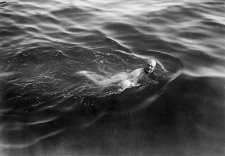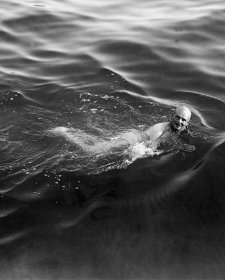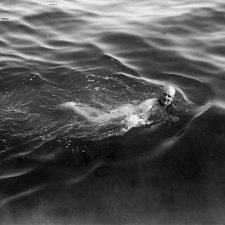Barbara Tribe (1913–2000), artist, is one of Australia's most significant sculptors. Born in Sydney, she enrolled at East Sydney Technical College at the age of fifteen. Having studied with sculptor Rayner Hoff, and assisted him with the Anzac Memorial in Sydney, she exhibited with the Society of Artists and held her first solo show in 1934. The following year she became the first woman and the first sculptor to win the New South Wales Travelling Art Scholarship. She travelled to England, where she lived for the rest of her life. When her scholarship expired she persuaded the director of London's Selfridges department store to let her create portrait busts on a modelling stand in the china and porcelain department. Later, she worked on the Australian Wool Pavilion at the Empire Exhibition in Glasgow, modelling a merino ram that was repeated as a frieze around the exhibit. From the 1940s onwards, Tribe exhibited with the Royal Academy and the Royal Society of British Sculptors. Throughout the war she worked in the Inspectorate of Ancient Monuments and was commissioned by Australia House to create busts of airmen; afterwards she moved to Cornwall, where she taught part-time at the Penzance School of Arts for 40 years while continuing to exhibit. Returning to Sydney for a visit in 1966 she found her achievements forgotten, but over the 1990s the Sydney collector and art patron John Schaeffer AO helped to revive her Australian and international reputation and subsidised the publication Barbara Tribe: Sculptor (2000) by Patricia McDonald. Tribe's portrait sculptures are represented in England and Australia, including in the Australian War Memorial and the National Gallery of Australia as well as the National Portrait Gallery, which acquired her bust of Stanley Bruce in 2000; busts of Birdwood and Frank McIlwraith by gift of the estate in 2009; and her bust of Joan Redshaw in 2016.
- About us
- Support the Gallery
- Venue hire
- Publications
- Research library
- Organisation chart
- Employment
- Contact us
- Make a booking
- Onsite programs
- Online programs
- School visit information
- Learning resources
- Little Darlings
- Professional learning







